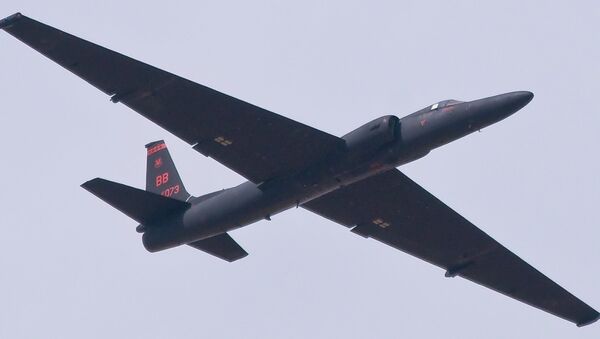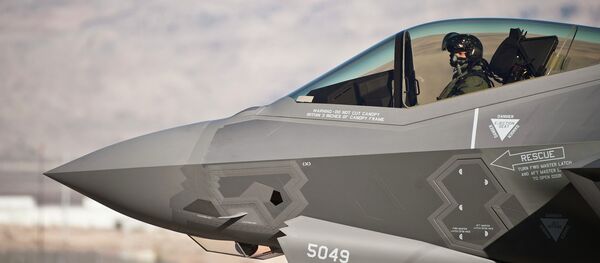The Air Force recently pushed back the U-2s planned retirement date from 2016 to 2019, allowing more time to upgrade the Global Hawk before putting the U-2 to rest, Defense News reported.
Northrop recently won a $3.2 billion contract from the Air Force to continue sustainment and modernization work on the Global Hawk through 2025.
Sustainment costs for the aircraft have dropped 40% over the last three years, according to Northrup spokeswoman Elizabeth Malloy. Between 2013 and 2014, the Global Hawk saw a 40% increase in flying hours.
But Lockheed insists it is more cost-effective to skip the Global Hawk upgrades and continue to operate both aircraft in their current form until the Air Force can transition to a new, as-yet undefined ISR platform, Defense News reports.
It will cost $2.5 billion over the next five years to continue to operate and maintain the U-2, Melani Austin, Lockheed's U-2 director, told Defense News in an interview last week. This is a decrease from the previous $3 billion estimate, according to Scott Winstead, the company's U-2 strategic business manager.
"Usually when you are retiring a platform, it is because you need to do major upgrades, you need to re-wing it, the platform has structural life issues – none of that is true for our current platform," Austin said.
"So when we talk about retiring it due to cost, it's really not the cost of the U-2 program, we're at a very stable cost. I think what the cost argument is: does the government have enough money to operate both Global Hawk and U2?"
In addition to costs to operate and maintain the Global Hawk, the planned upgrades to that platform will add $2 billion to $4 billion to the total cost over the next five years, Austin estimated.
"We are not advocating the removal of Global Hawk, but what we are saying is it's probably very cost effective to operate both platform in their current capacity without the major additional $2-$4 billion in upgrades that is currently on the docks for the Global Hawks," Austin said.
In the meantime, Lockheed is working on a U-2 replacement: a high-altitude, tactical reconnaissance plane called "TR-X," which reportedly will look very similar to the U-2.




